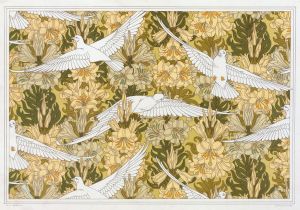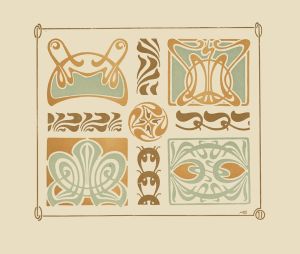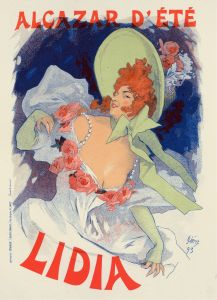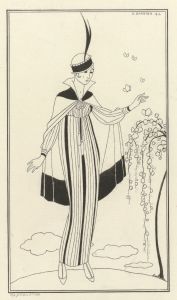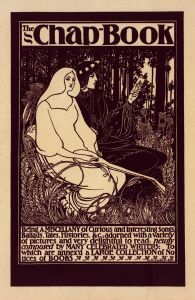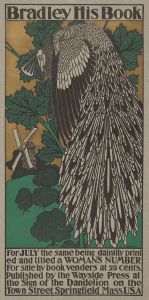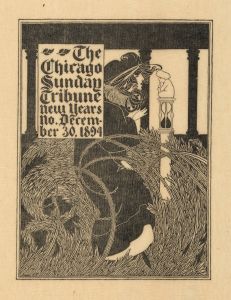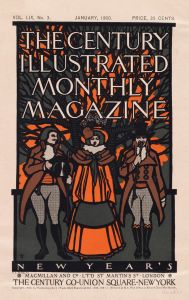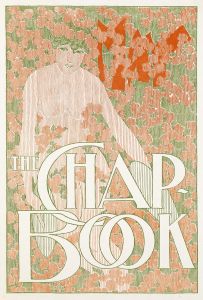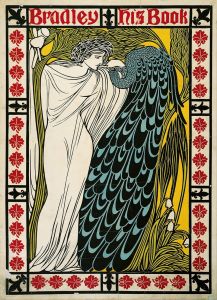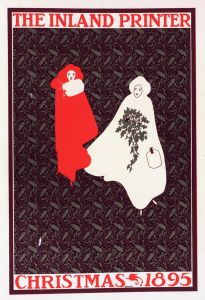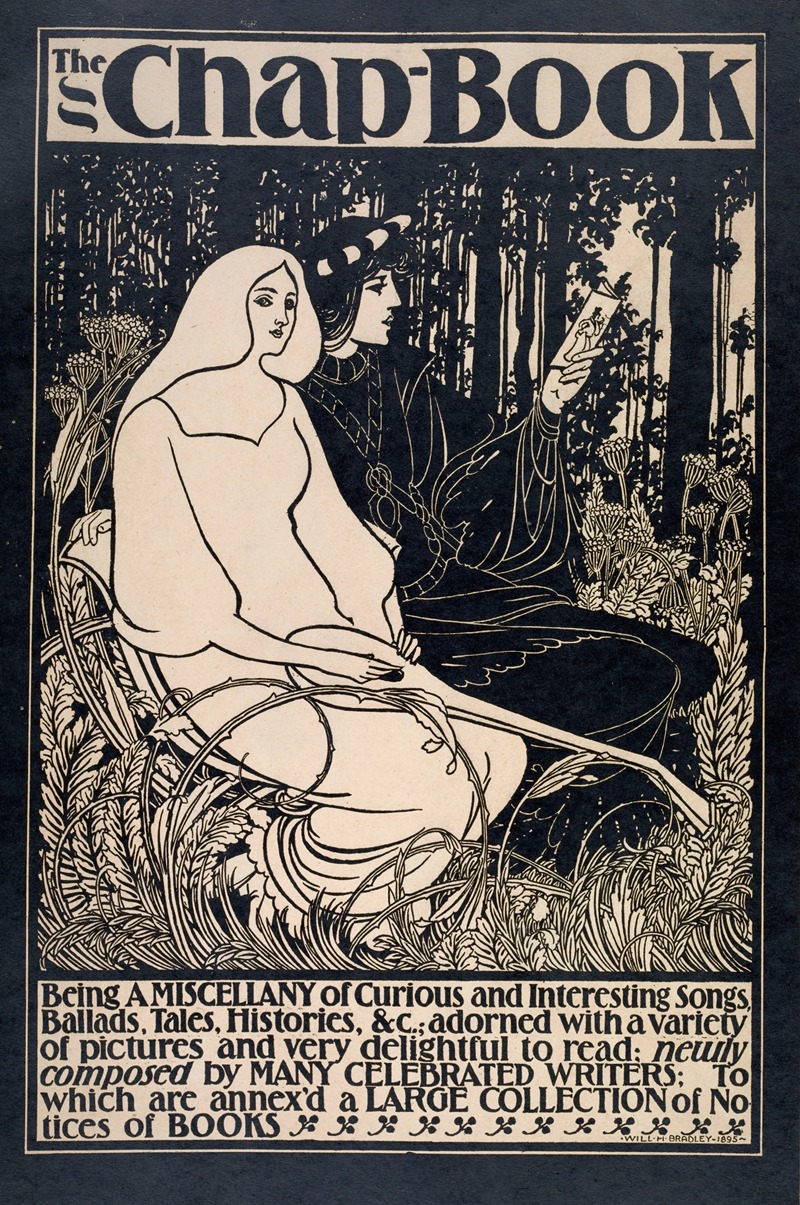
The chap-book.
A hand-painted replica of Will Bradley’s masterpiece The chap-book., meticulously crafted by professional artists to capture the true essence of the original. Each piece is created with museum-quality canvas and rare mineral pigments, carefully painted by experienced artists with delicate brushstrokes and rich, layered colors to perfectly recreate the texture of the original artwork. Unlike machine-printed reproductions, this hand-painted version brings the painting to life, infused with the artist’s emotions and skill in every stroke. Whether for personal collection or home decoration, it instantly elevates the artistic atmosphere of any space.
"The Chap-Book" is a notable work by the American artist and designer Will Bradley, created in the late 19th century. Will Bradley, born on July 10, 1868, in Boston, Massachusetts, was a prominent figure in the American Art Nouveau movement and is often referred to as the "Dean of American Designers." His work is characterized by its innovative use of typography and illustration, which helped to define the visual language of the period.
"The Chap-Book" was a small-format magazine published in Chicago from 1894 to 1898, known for its literary content and its role in the little magazine movement. Bradley's association with "The Chap-Book" began when he was commissioned to create cover designs and illustrations for the publication. His work for the magazine is considered some of his most influential, showcasing his distinctive style that combined elements of Art Nouveau with a unique American sensibility.
Bradley's design for "The Chap-Book" is often celebrated for its bold use of line and form, as well as its integration of text and image. His covers typically featured strong, flowing lines and a harmonious balance between the illustrative and typographic elements. This approach was innovative at the time and contributed significantly to the visual identity of the magazine. Bradley's work on "The Chap-Book" is often cited as a key example of how graphic design can elevate the status of a publication, making it not just a vehicle for content but an art object in its own right.
One of the most famous covers Bradley designed for "The Chap-Book" is the "Thanksgiving Number" from 1895. This cover is particularly noted for its use of flat colors and stylized forms, which were hallmarks of the Art Nouveau style. The design features a woman in a flowing dress, surrounded by swirling lines and decorative motifs, creating a sense of movement and elegance. This cover, like many of Bradley's works, demonstrates his ability to blend artistic and commercial elements seamlessly.
Bradley's contributions to "The Chap-Book" and other publications of the time helped to establish him as a leading figure in the field of graphic design. His work influenced a generation of designers and continues to be studied and admired for its artistic and historical significance. In addition to his work in graphic design, Bradley was also involved in various other artistic endeavors, including book design, illustration, and even film, showcasing his versatility and creativity.
Overall, Will Bradley's work for "The Chap-Book" remains a significant example of the power of graphic design to transform and define a publication. His innovative approach and artistic vision helped to shape the visual culture of his time and left a lasting legacy in the world of design.





